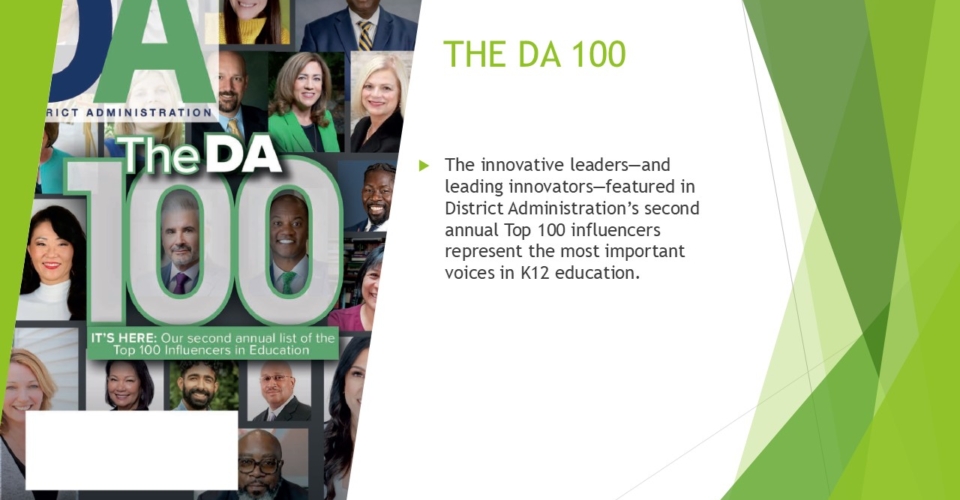Research shows that teachers matter more to student achievement than any other school-based factor, which is why highly skilled educators are our greatest instructional assets. Providing the high-quality professional development that teachers need to excel at their jobs is the best investment schools can make in their students’ success.
Yet, many teachers aren’t getting the high-quality professional learning they need to drive student outcomes. A national survey of 8,000 teachers by the RAND Corporation revealed that professional development isn’t always aligned with educators’ needs, falling short in areas such as connecting teachers with subject-matter expertise, supporting them in differentiating instruction and helping them meet the needs of students with disabilities, among other areas.
High-quality professional development should be something that teachers look forward to, not something they feel they have to endure. It should leave teachers excited to try out new strategies in their classrooms, and it should result in real, lasting change in instructional practices.
More from DA: Here is the No. 1 reason for superintendent turnover
If current teacher training is falling short, then what does high-quality professional learning look like? Here are four key characteristics of engaging and effective PD for educators.
1. It’s relevant
Professional development should target teachers’ specific grade levels and content areas, providing them with deep content knowledge and the tools and confidence to teach particular subjects. However, according to the RAND survey, 21% of teachers say they don’t spend any time learning about subject-specific standards, content, or pedagogy.
2. It’s collaborative
Just like student instruction, the best professional learning happens when the learners are actively engaged rather than passively listening to instruction. Collaborating with grade-level or subject-area colleagues to discuss content, share strategies and build on the lessons learned in workshops is a great way to make the learning more active.
Not only does this make PD more engaging, but it deepens the learning by leveraging teachers’ collective insights to help them learn from each other. It also facilitates relationship-building. Teaching can seem like a solitary profession, but making PD a collaborative process helps break down siloes and fosters the development of peer support networks that can sustain teachers through challenging times.
3. It’s practical and applicable
Effective professional learning gives teachers abstract ideas and concrete tools and strategies they can use in their classrooms right away.
Teachers want actionable insights that can help improve their practice, such as lesson plans, assessments and proven approaches to managing classroom behavior. With practical, standards-aligned tools and strategies, teachers can apply what they’ve learned immediately to enhance instruction.
4. It’s sustainable
While many professional learning activities consist of one-and-done events, the most impactful learning doesn’t end when the session ends. High-quality professional development includes follow-up coaching, feedback and support to ensure that the lessons “stick” and transform instructional practices.
Yet, this is where current professional development initiatives seem to fail the most. According to the RAND survey, more than half of teachers (52%) say they never receive any coaching or follow-up support—despite the fact that research shows instructional coaching positively impacts both teaching practice and student achievement.
By transforming its approach to professional learning, Pittsburgh Public Schools has seen a dramatic increase in student achievement. The district saw math, science and English scores rise by 78% in three years after:
- Engaging teachers deeply with grade-level and subject-specific content
- Making professional learning collaborative
- Empowering teachers with takeaway tools and strategies
- Sustaining the learning with follow-up coaching and support
There is a direct correlation between highly qualified teachers and student success. By rethinking professional learning to meet teachers’ needs more effectively, we can help every child thrive.



